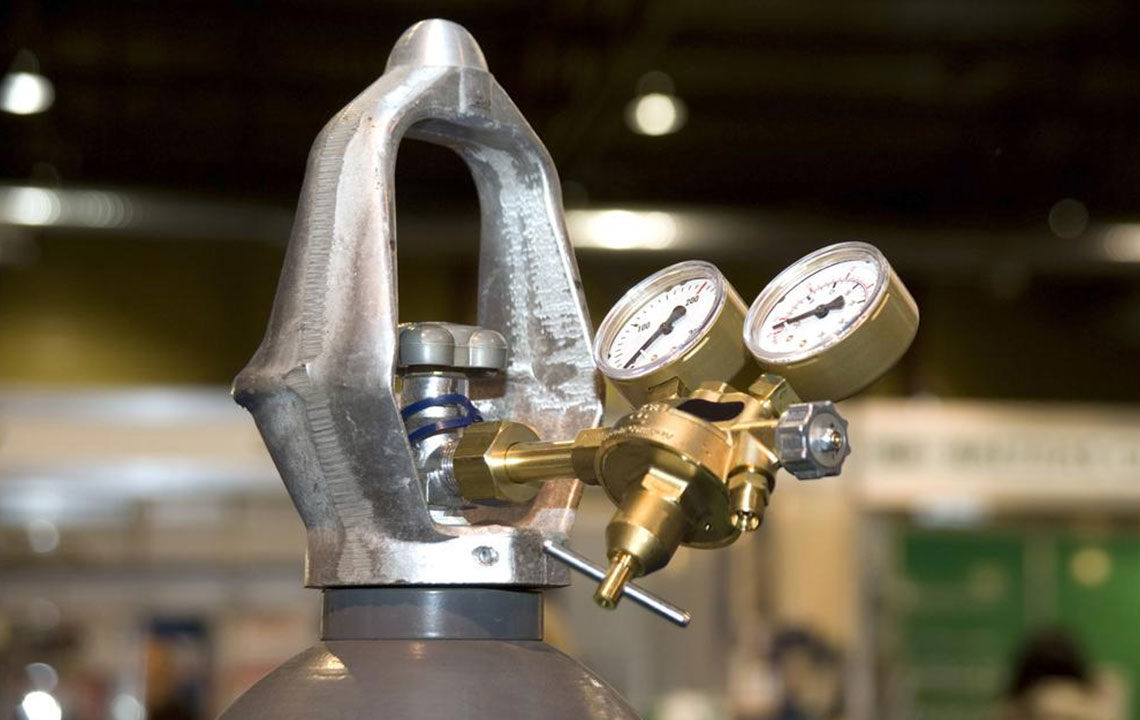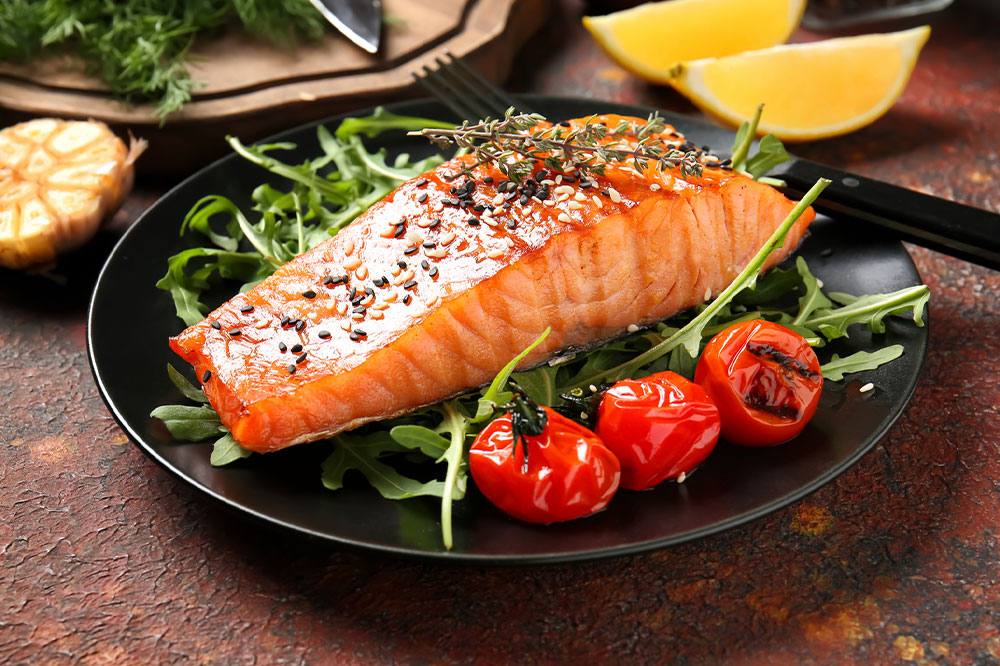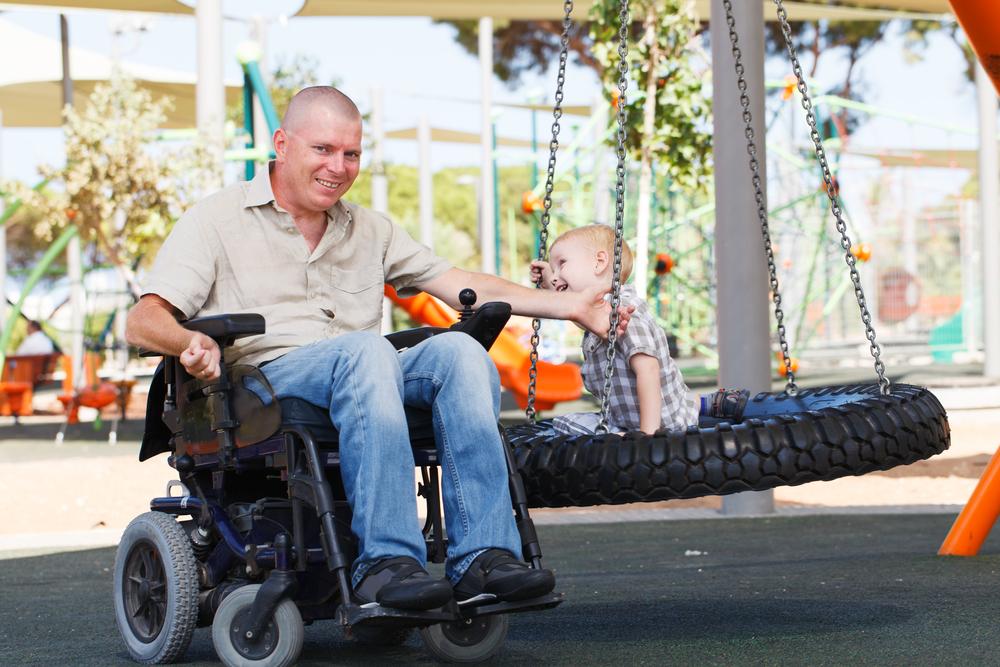Portable Oxygen Devices: Cylinders vs. Concentrators
Learn the key differences between portable oxygen cylinders and concentrators to make an informed choice. Discover their operations, advantages, and considerations for selecting the best oxygen delivery method for respiratory support and mobility. Proper consultation with healthcare providers ensures optimal oxygen therapy tailored to individual needs.

Portable Oxygen Devices: Cylinders vs. Concentrators
Devices that supply portable oxygen are vital for individuals requiring extra oxygen support. They are essential for people suffering from respiratory issues such as COPD, cystic fibrosis, or heart problems, helping to keep blood oxygen levels stable. Both oxygen cylinders and concentrators allow users to breathe comfortably during activities or travel.
Key Differences Between Oxygen Cylinders and Concentrators
Although their operation varies, both deliver oxygen via nasal prongs or masks, aiding breathing.
Oxygen cylinders store compressed gas or liquid oxygen for immediate use, whereas concentrators extract oxygen from the surrounding air.
Cylinders provide 100% oxygen, ideal for critical cases, while concentrators supply approximately 95%, suitable for less severe needs.
While tanks require refilling and delivery services, concentrators run on electricity, needing continuous power and backup during outages.
Large, stationary tanks are common in clinics, but portable cylinders are smaller and more manageable, supporting mobility. Modern concentrators are also becoming more compact and lightweight for easier transport.
Liquid oxygen systems are usually expensive and require backup tanks for extended use. Portable concentrators, although initially costly, now feature affordable options.
Since these methods differ significantly, consulting with a healthcare professional is crucial to select the most suitable device based on medical needs. Expert guidance ensures effective oxygen therapy tailored to each individual.


